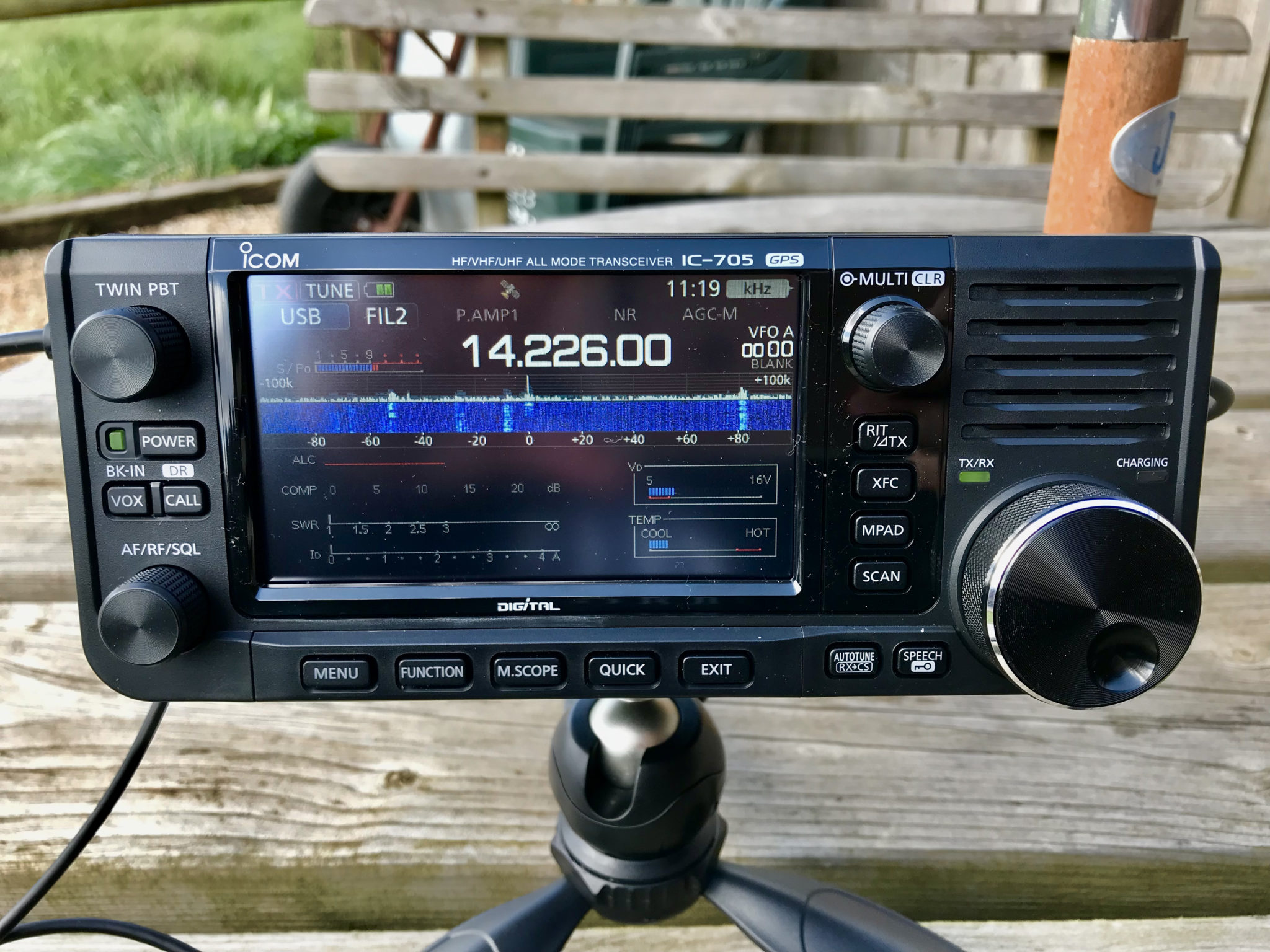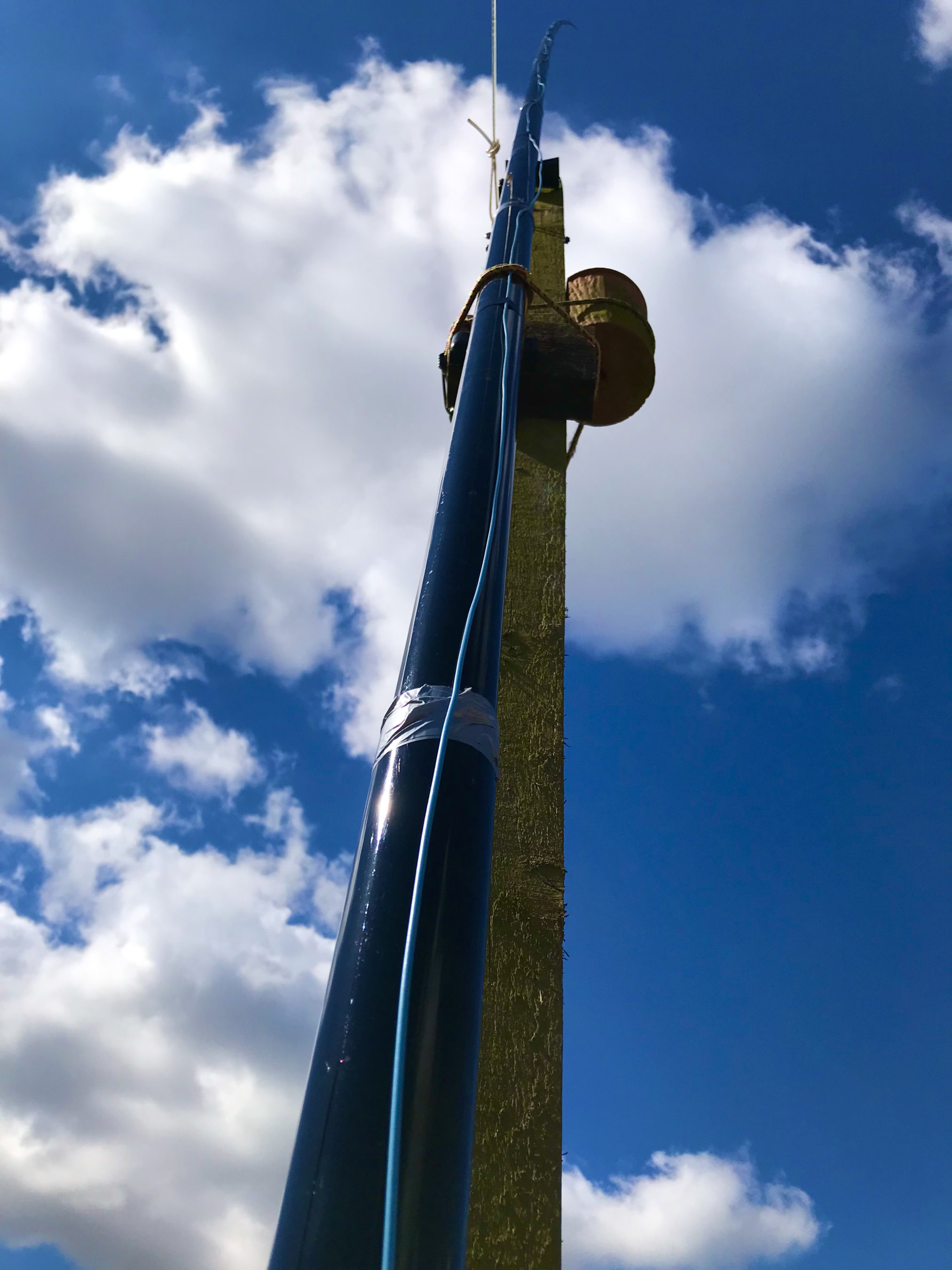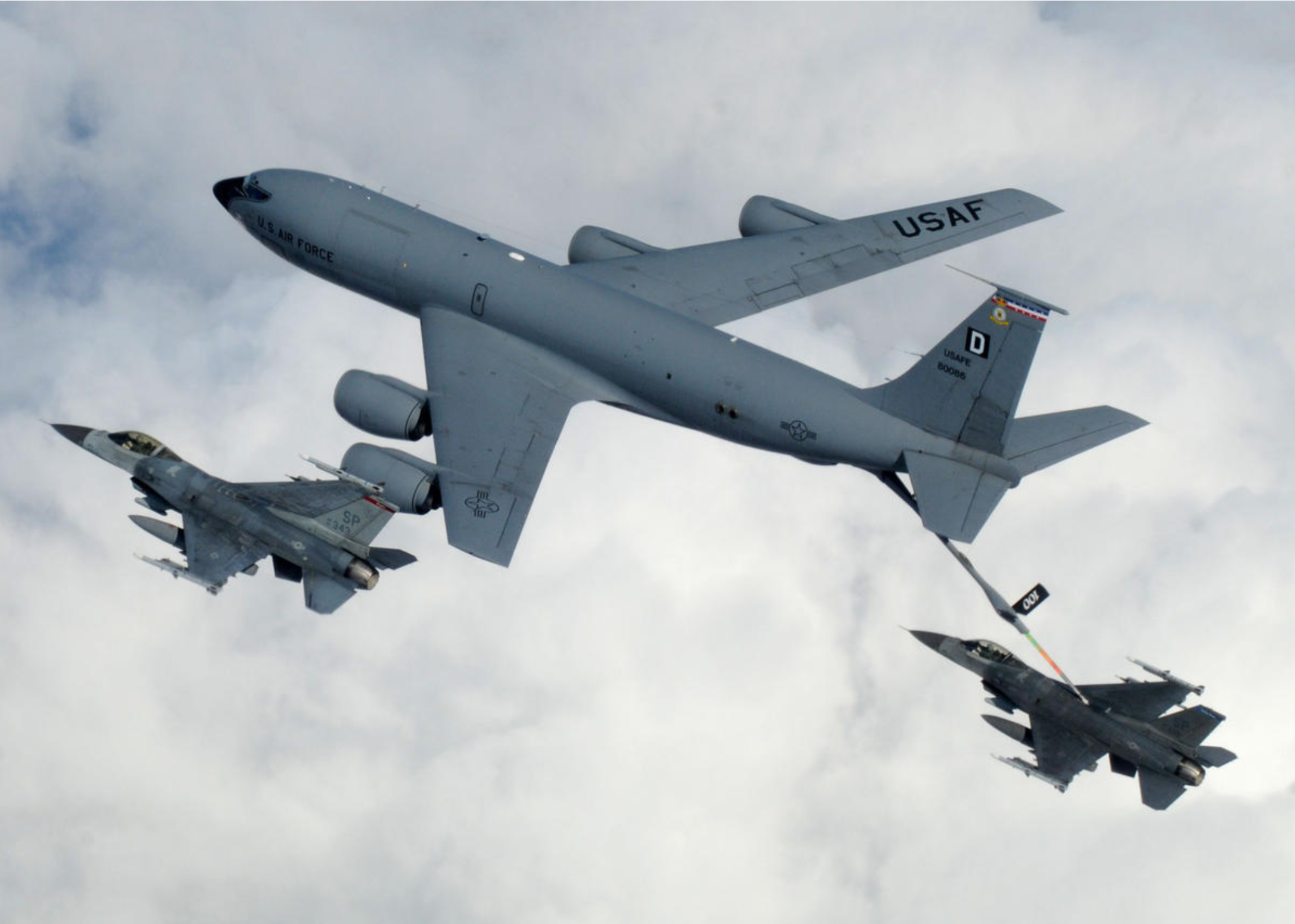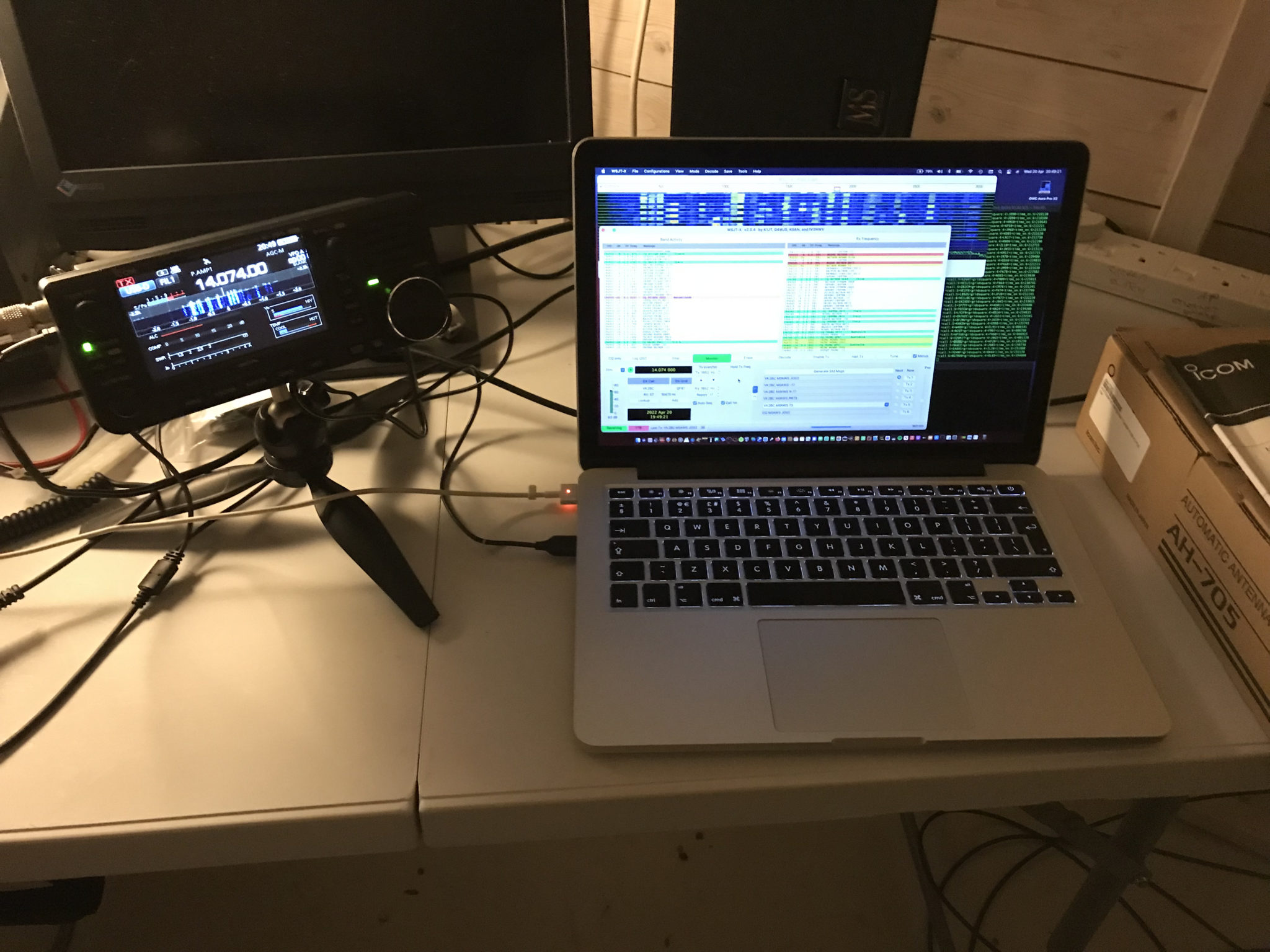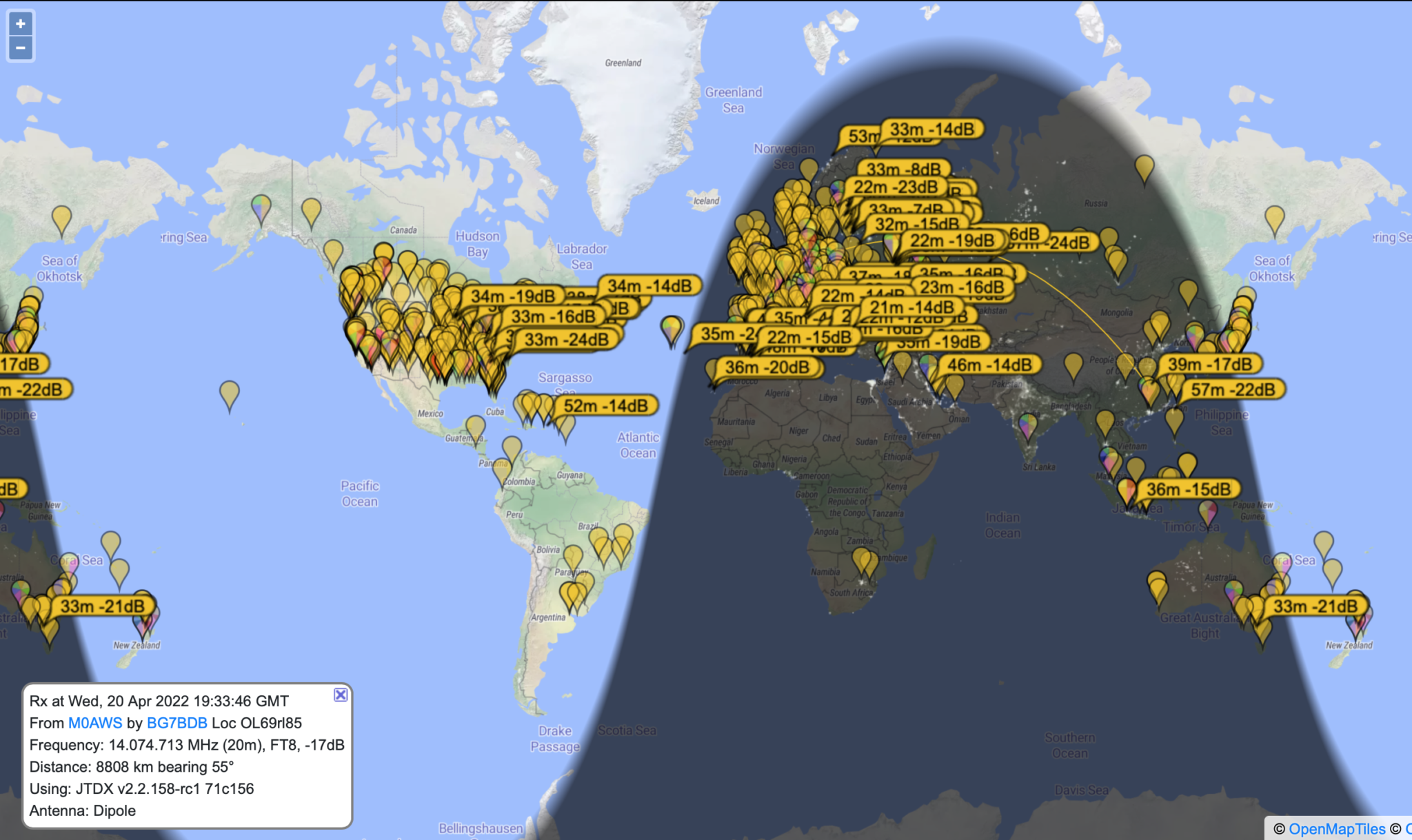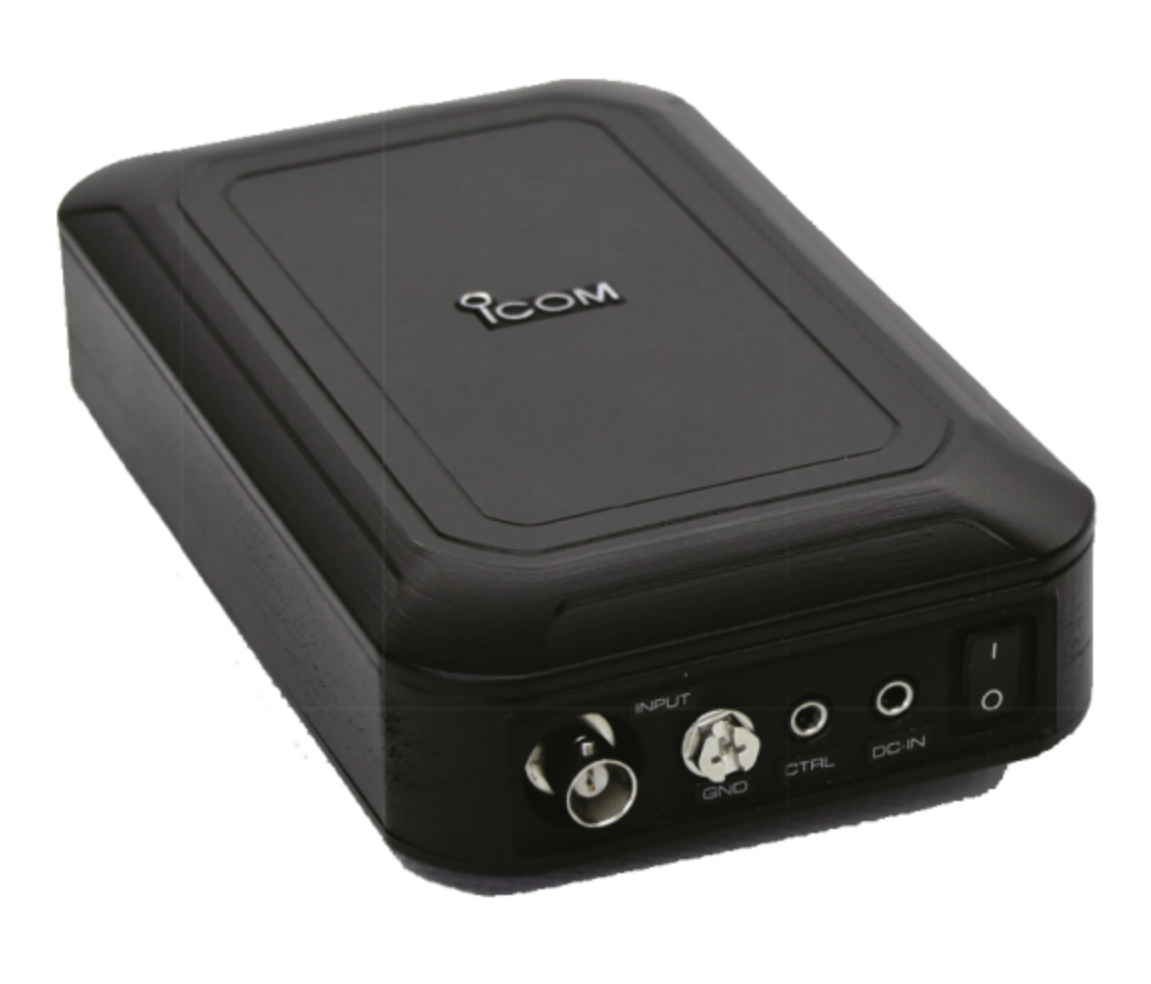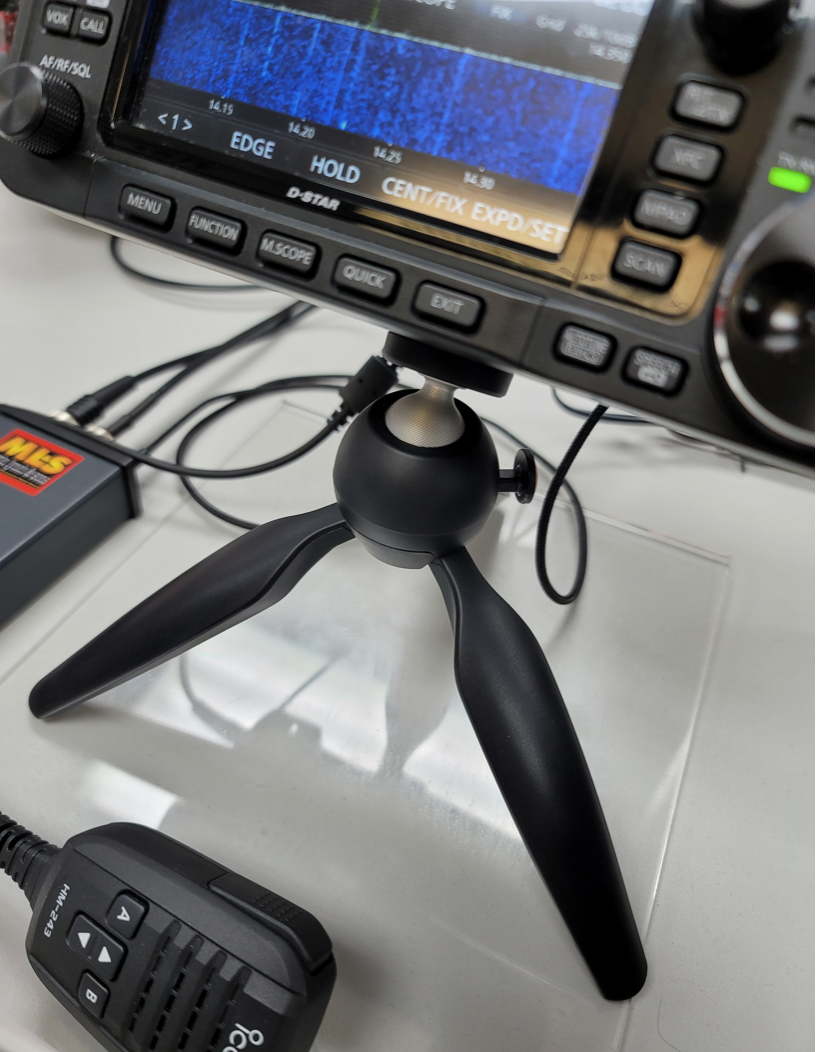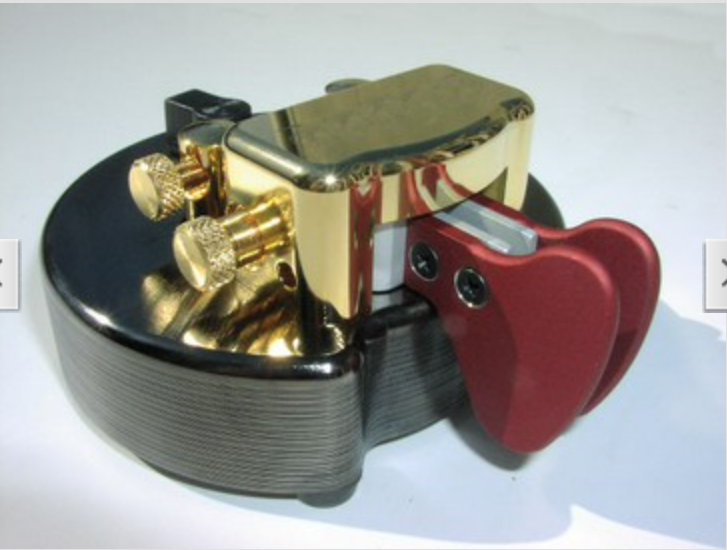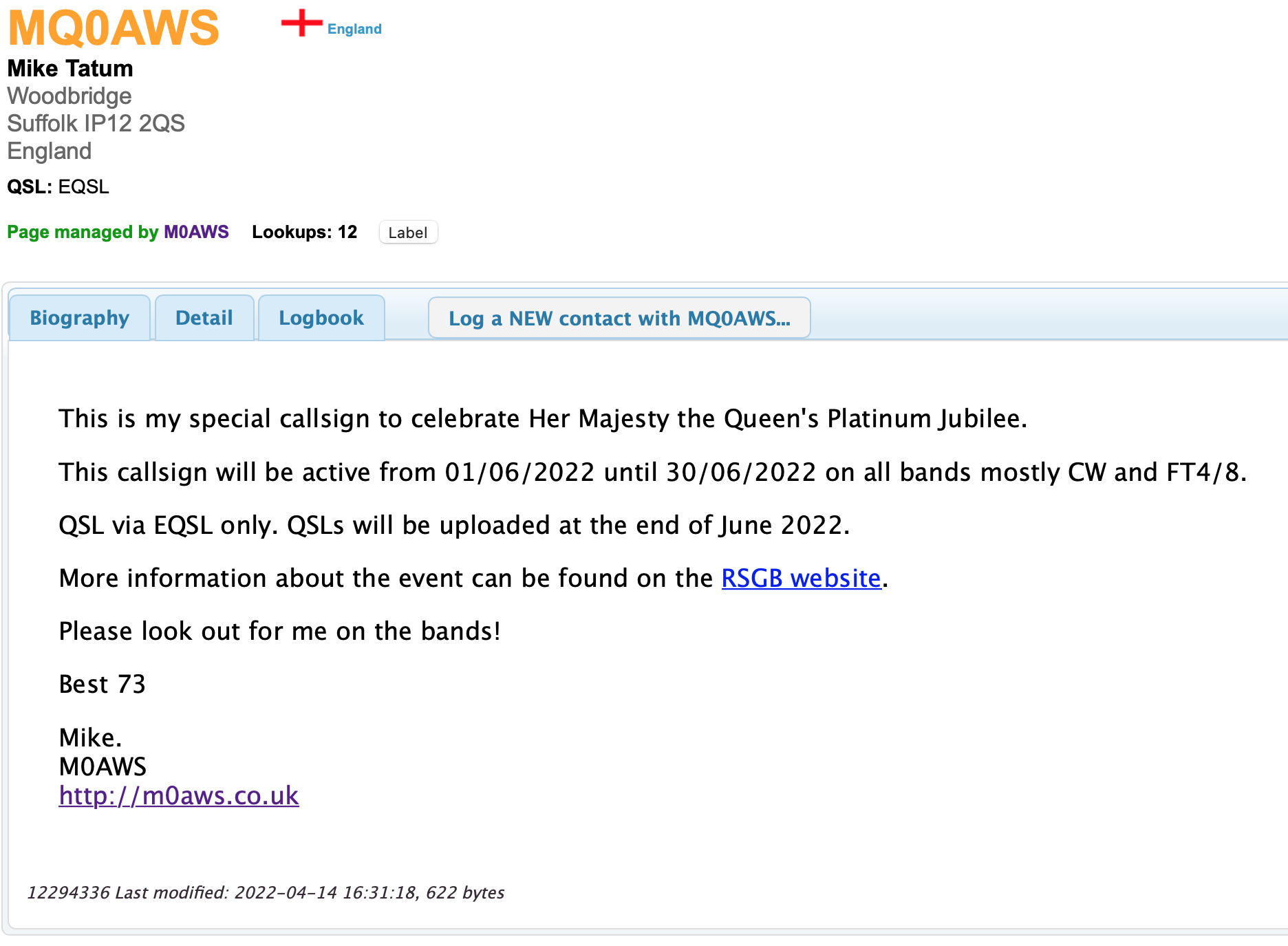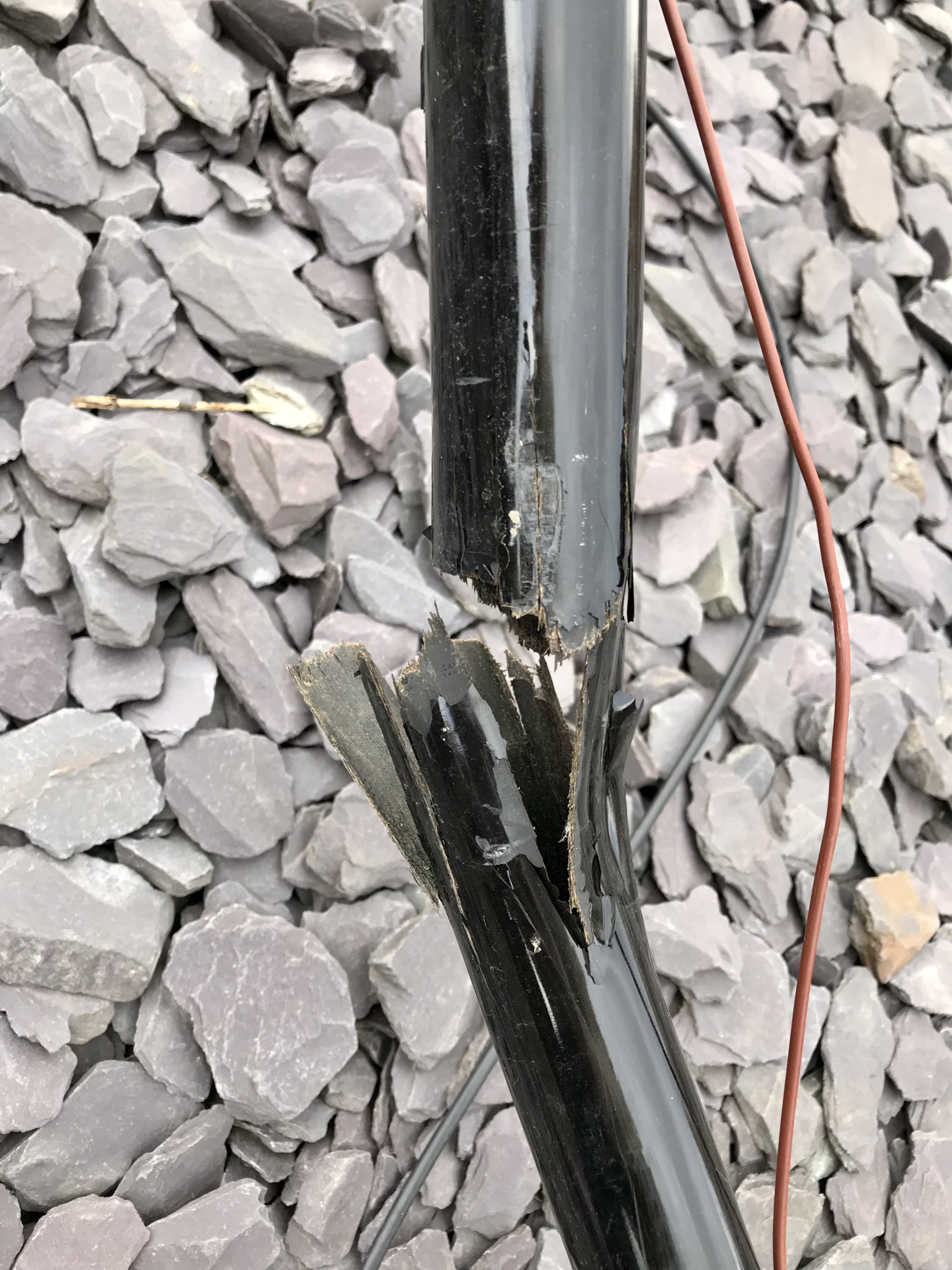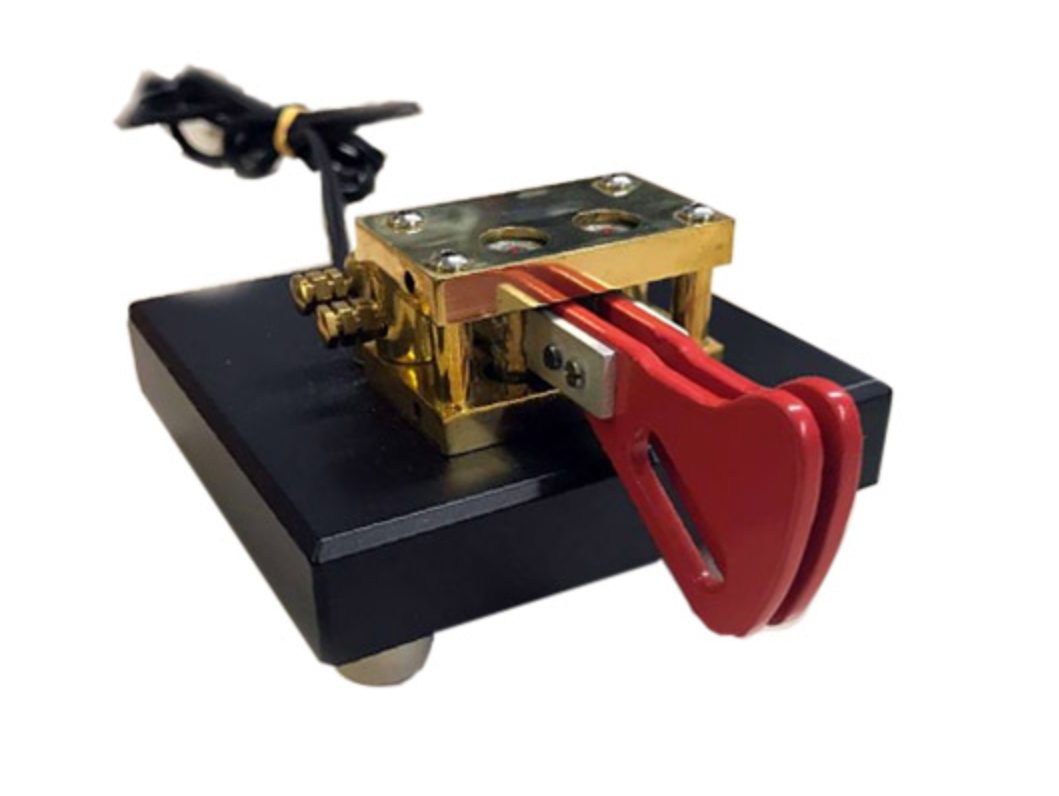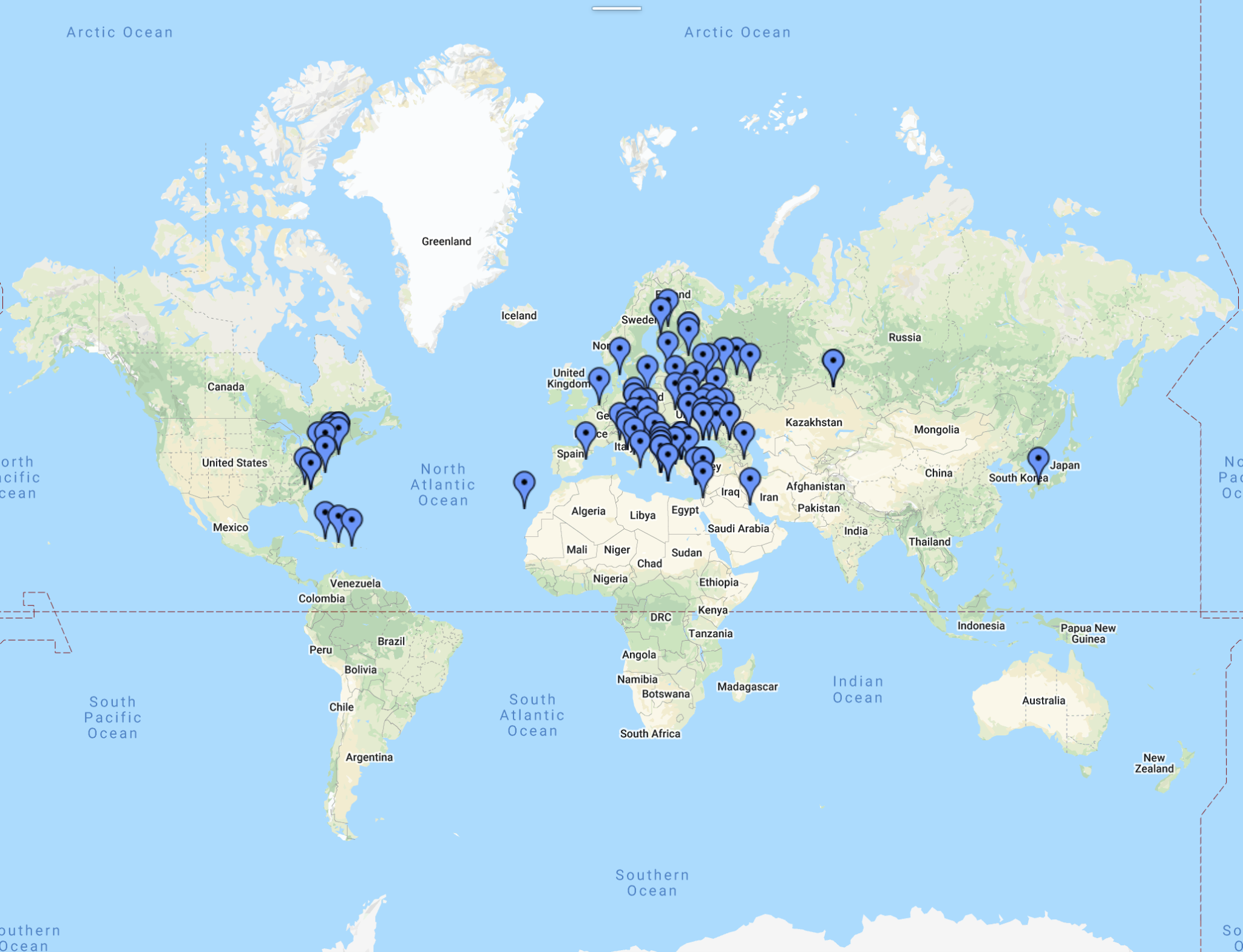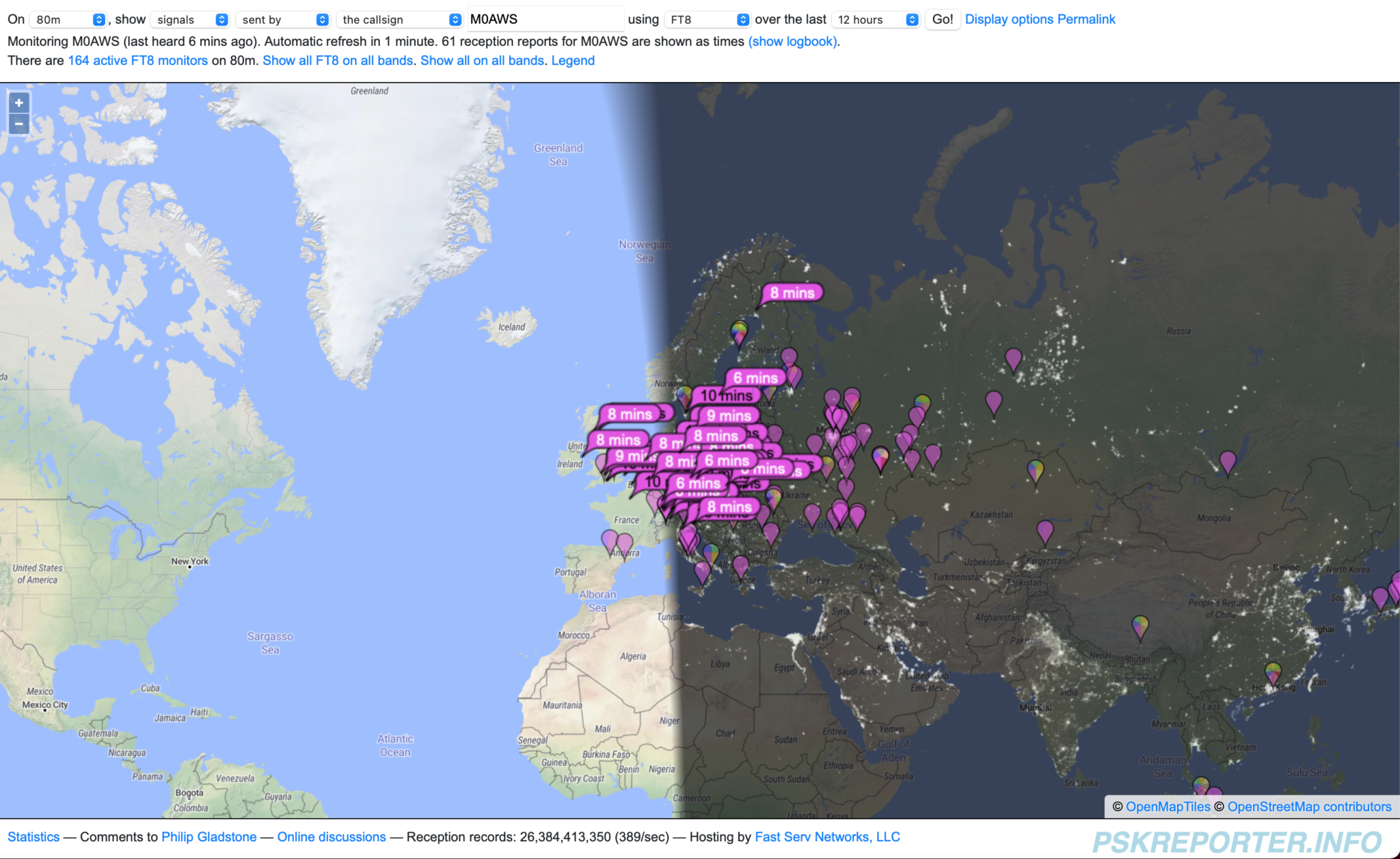I recently purchased a Vine Antenna RST-TP1 twin paddle morse key from Martin Lynch and Sons as I needed a key to get back on CW.
My wife and I always do our best to support British companies by buying local and U.K. products and produce whenever we can.
Before making the purchase I’d read mixed reviews on the the Vine series of keys but, decided to try and support British manufacturing by buying British, sadly I too was disappointed.
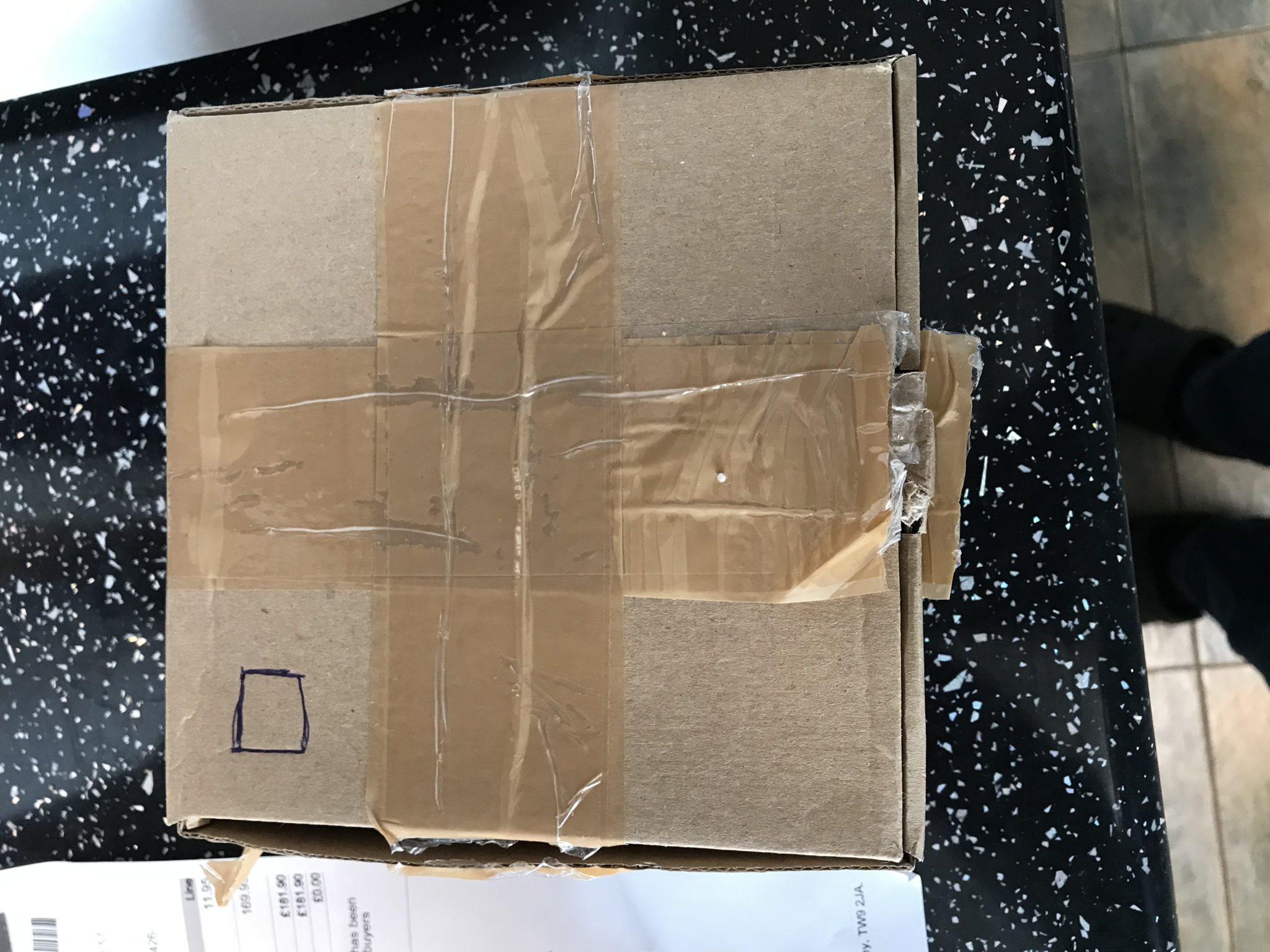

When the package arrived it was clear that it had been opened before and then resealed, perhaps already been returned by a customer before being resealed and shipped out to me?
The box had also been drawn on with biro, no big deal except for the fact that this wasn’t the only thing that had been drawn on.
Upon getting the key out of the box the first thing that struck me was the quality of the finish on the product, it was the poorest I’ve ever seen on a key.
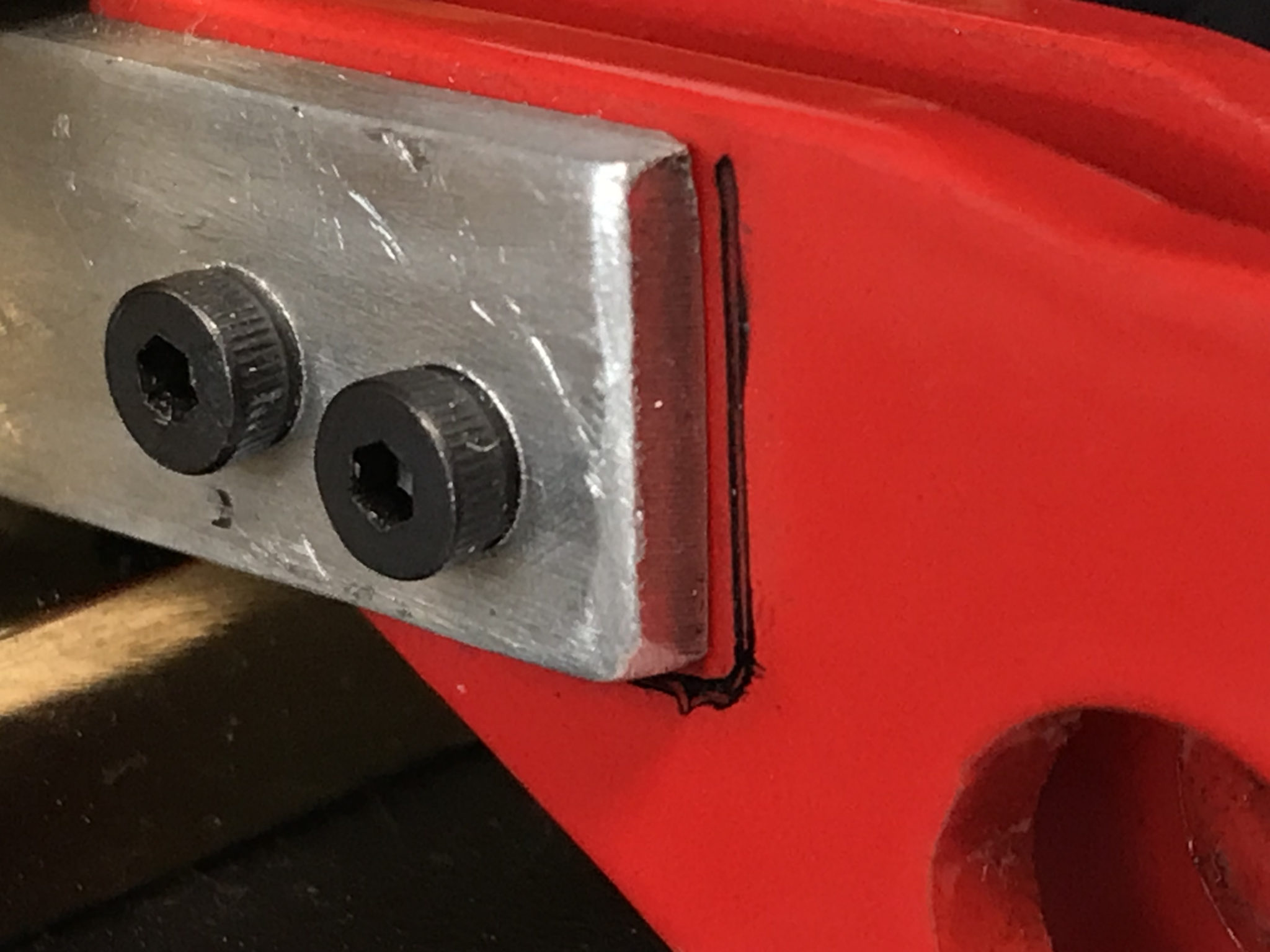
Some of the metal surfaces had clearly been finished with a hand file, the finish was appalling. I’d be embarrassed if I had made something with finishes this bad yet alone selling a product commercially with such poor quality finishing.
The other thing I couldn’t believe was that a pen had been used to mark where on the paddle the arm should be attached. It’s one thing marking things up during production for alignment but, another when you ship the product out with permanent pen ink on the paddles. It looked like it had been put together by a 5 year old!
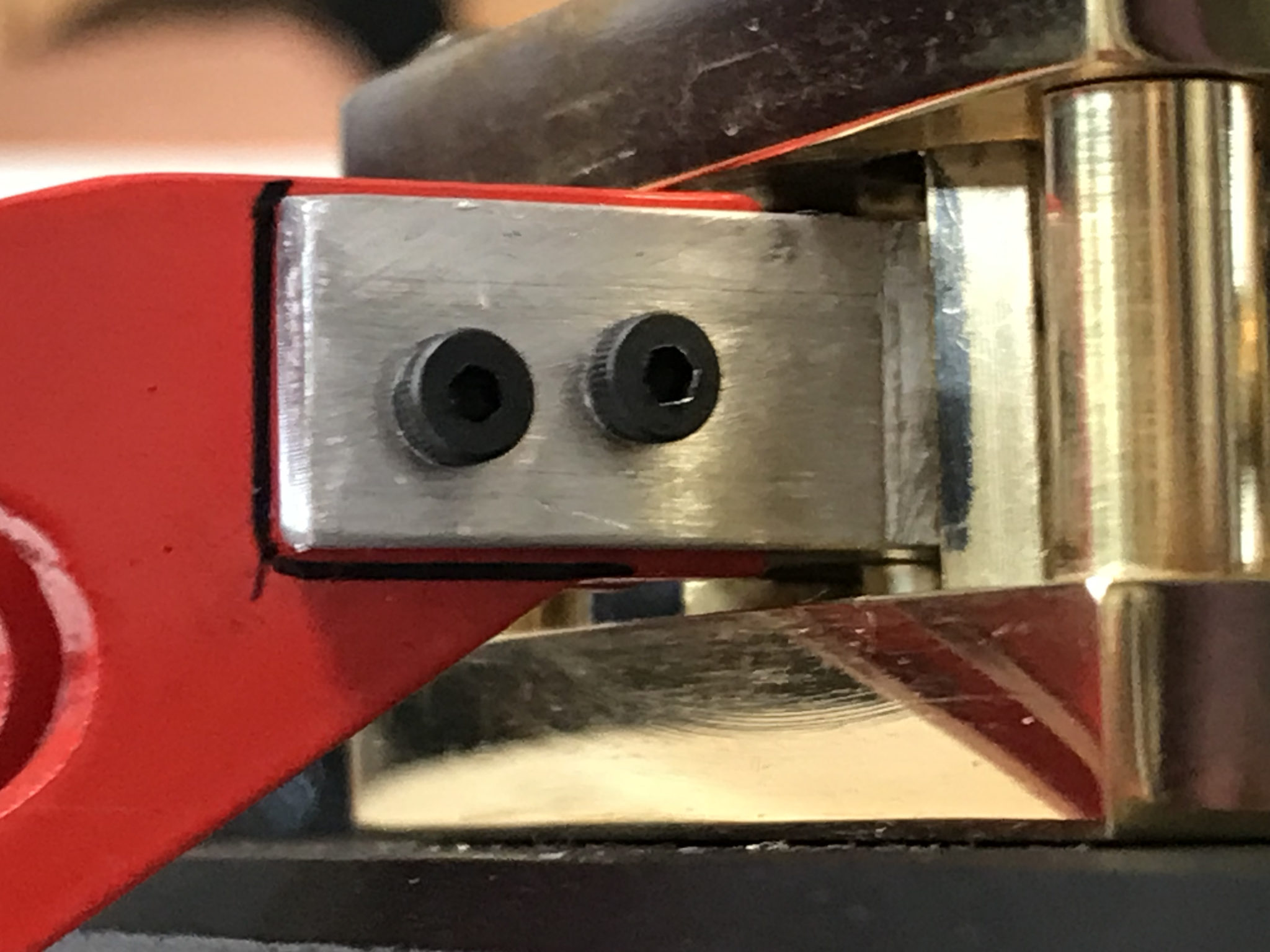
I know that at £170.00 it’s not an expensive key and one shouldn’t expect high quality but, these are very simple production issues that could be resolved easily and produce a much better quality product overall.
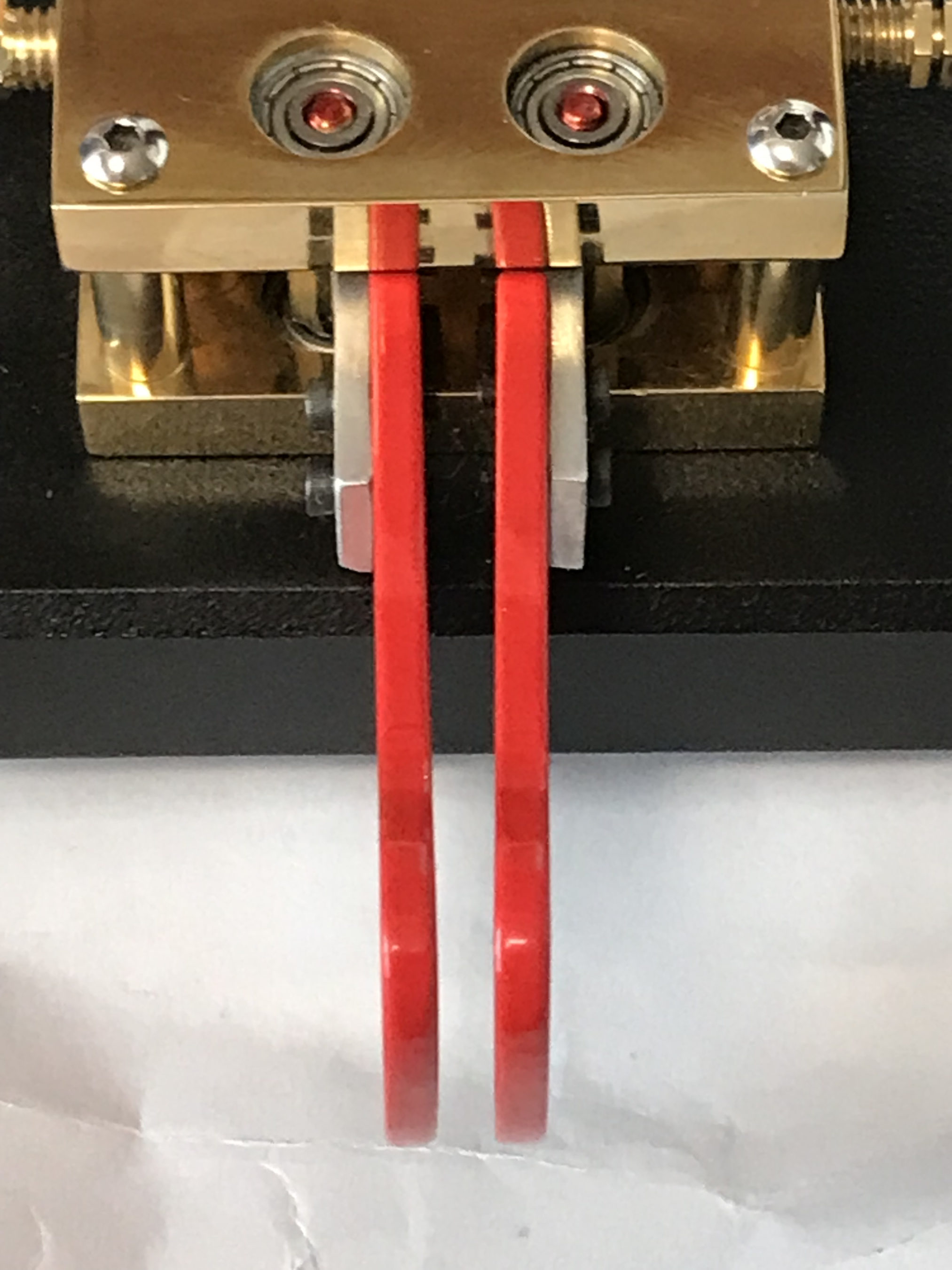
Another issue with the key was that the left paddle wasn’t straight, no a big deal but, again attention to detail during production could resolve all these issues.
Another major issue with the key was the fact that the two gap adjusters were wound all the way in and had no more adjustment available but, the gap between the contacts was big enough to drive a bus through!
Any seasoned CW op wouldn’t be happy with the size of the gaps on this key and with the fact that there was no adjustment left it rendered the key useless.
Another issue with the key was the plug, it was the cheapest quality plug I have ever seen, it wasn’t even straight!

I called ML&S and spoke to Tony the sales manager about the issues with the key. He fully understood and even admitted that they’d had a lot of issues with quality from Vine and that most of the Vine keys they’d sold had come back because of defects and poor quality build.
He even said that he was now considering dropping Vine keys from their store as they are so poor but, I see they are still for sale on their website.
What is incredibly sad is that in the 21st century British companies are shipping such poor quality products when there is technology easily available that can produce a high quality finish without a high cost. I really don’t understand how a company can ship such poorly built products to a discerning market place and think it’s acceptable.

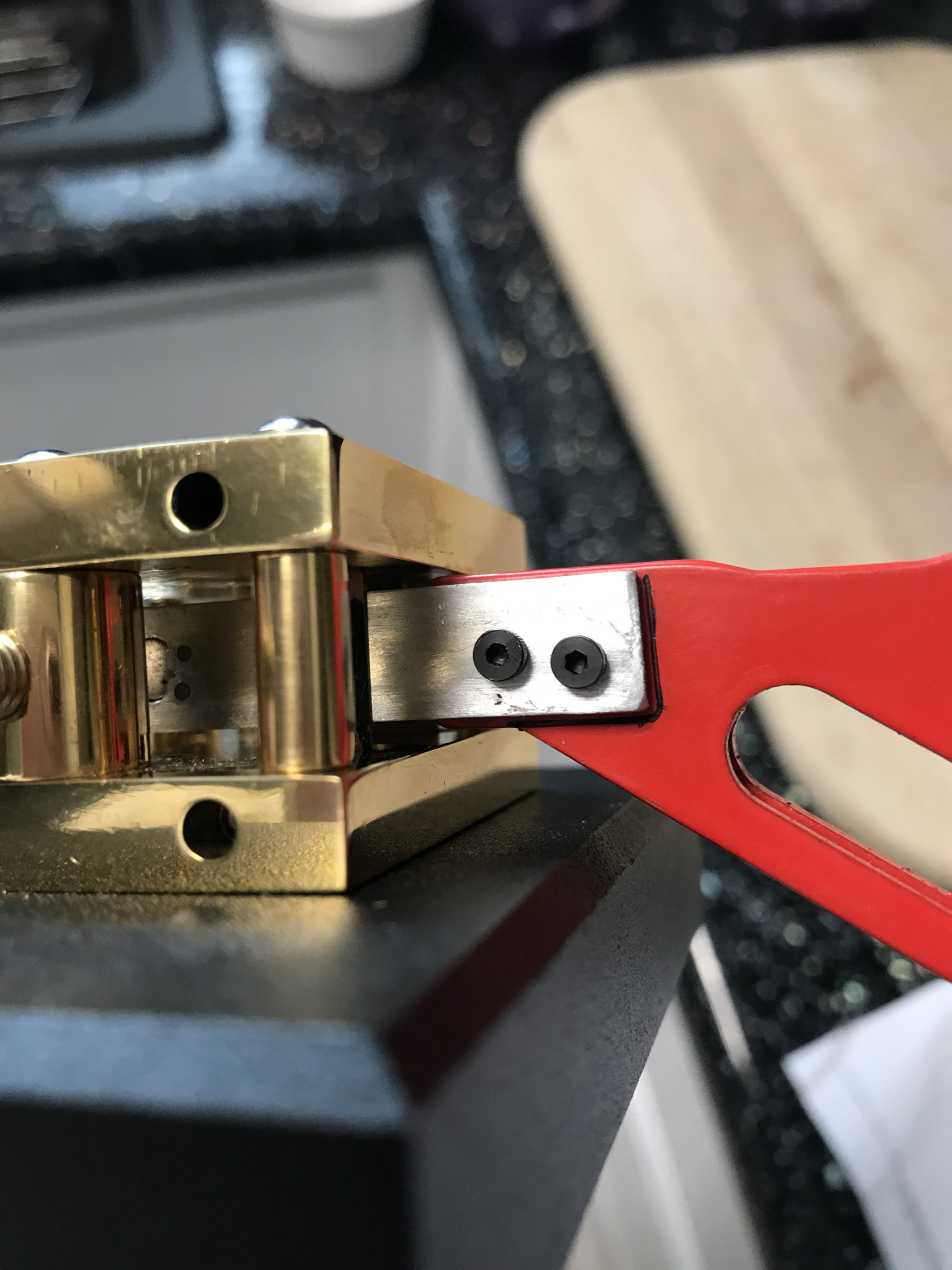
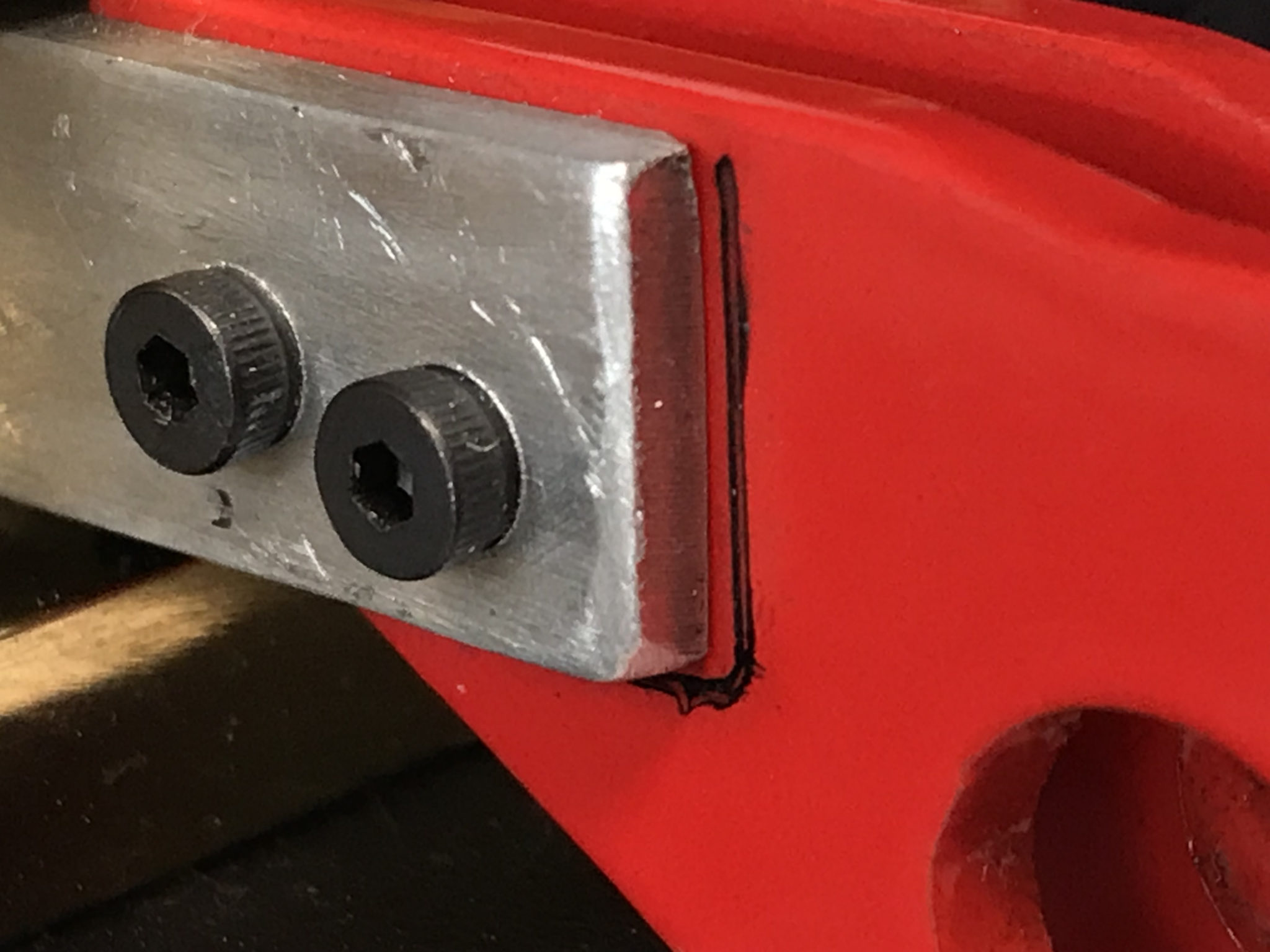
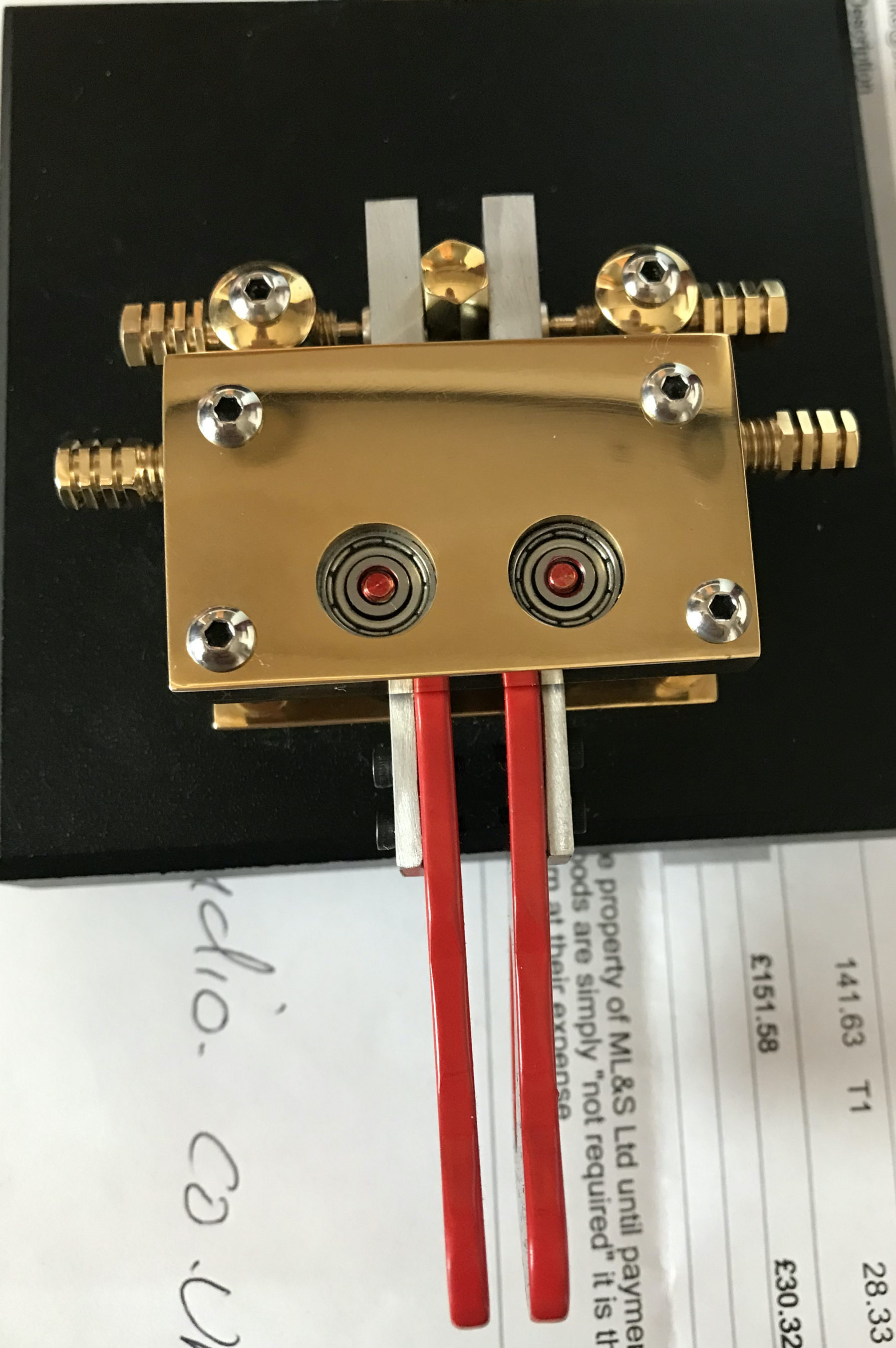
Needless to say ML&S arranged collection of the key and issued a full refund, excellent service as always.
So after being let down by British manufacturing I’m back to looking for a morse key to get back on air.
More soon …


